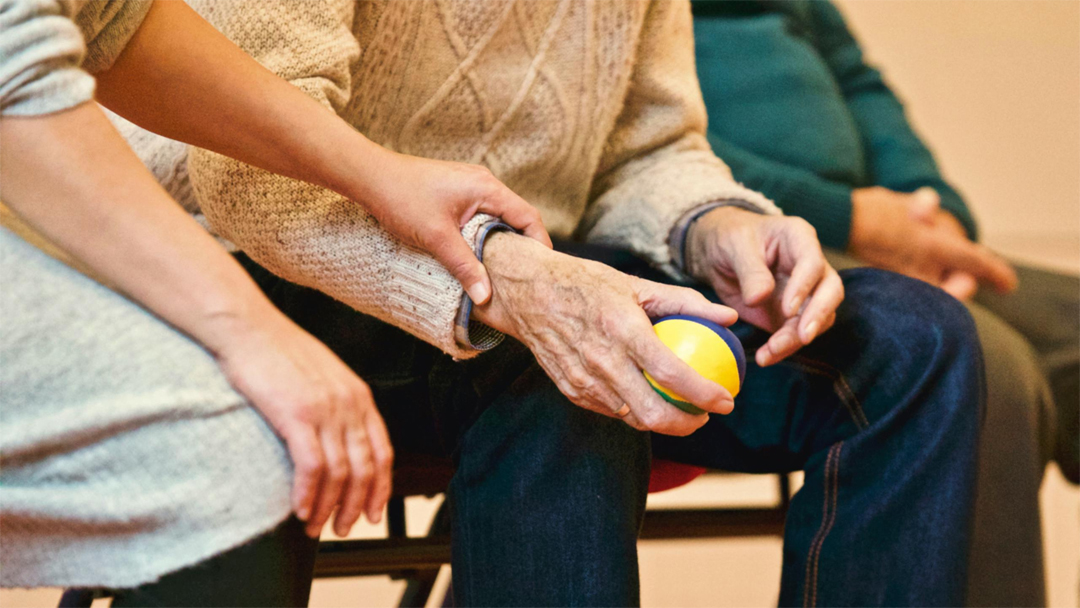
Health is more than just an individual concern; it’s a community-wide issue. The well-being of a community impacts everyone, from the youngest children to the oldest adults. A healthy community can lead to a better quality of life, increased productivity, and overall happiness. However, improving a community’s health isn’t solely the responsibility of healthcare professionals. It requires a collective effort from all members of the community.
Whether you’re a concerned citizen, a healthcare worker, or someone involved in community development, there are various ways you can contribute to enhancing the health of your community. Let’s explore some effective strategies that can make a significant difference in the health and well-being of your community.
1. Promote Healthy Eating
Encouraging healthy eating habits is crucial in building a healthier community. This can involve more than just organizing farmers’ markets or community gardens; it also means educating people about nutrition and healthy food choices. Initiatives could include partnering with local schools to offer healthy eating programs or workshops that teach people how to prepare nutritious meals. Creating a culture where healthy eating is the norm can have a lasting impact on the community’s overall health.
2. Support for Nursing Education
Investing in nursing education is a strategic move to enhance community health. Encouraging local nurses to advance their education, such as obtaining an rn to bsn degree from Northwest Missouri State University, can significantly improve the quality of healthcare services. Well-educated nurses are equipped with advanced skills and a deeper understanding of healthcare, enabling them to provide better patient care and lead community health initiatives. Communities can support this by offering scholarships, flexible work arrangements, and partnering with educational institutions to provide accessible nursing programs.
3. Increase Physical Activity
A community that is physically active is typically healthier and happier. To encourage physical activity, consider more than just organized sports or fitness classes. Develop safe and accessible walking and biking paths, create incentives for residents to use these paths, or start a “walk to school” program for children. Promoting physical activity as a regular part of daily life can help reduce health issues like obesity and heart disease.
4. Enhance Healthcare Access
Access to healthcare is a fundamental aspect of a healthy community. Efforts to enhance healthcare access might include advocating for more local clinics in underserved areas, setting up mobile health services, or organizing regular health fairs where residents can receive screenings and basic medical advice. Improved healthcare access ensures that all community members, regardless of their economic status, can receive the care they need.
5. Mental Health Awareness
Mental health is often overlooked but is as important as physical health in a community. Increasing awareness about mental health can involve organizing workshops and seminars, providing resources for mental health services, and creating support groups for those in need. Ensuring that mental health is openly discussed and de-stigmatized can lead to a more supportive and empathetic community environment.
6. Education and Awareness Campaigns
Educational campaigns are essential in promoting various aspects of health within the community. These campaigns could focus on a range of topics, from the dangers of smoking and substance abuse to the importance of regular health check-ups and vaccinations. Utilizing local media, social platforms, and community centers to spread health awareness can empower residents with the knowledge to make informed decisions about their health.
7. Implementing Preventive Health Measures
Focusing on preventive healthcare can dramatically reduce the community’s overall health expenditures and improve quality of life. Organize regular health screenings for hypertension, diabetes, and cholesterol and vaccination drives to prevent the spread of infectious diseases. Educating the community about the importance of regular check-ups and preventive care can lead to early detection and treatment of health issues, saving lives and resources.
8. Addressing Environmental Health
The health of the environment directly impacts the health of the community. Initiatives to improve air and water quality, manage waste effectively, and reduce pollution are crucial. Encourage recycling programs, community clean-ups, and the planting of trees. Advocate for policies that protect natural resources and promote sustainable practices. A healthier environment leads to healthier residents.
9. Promoting Health Education in Schools
Schools are pivotal in shaping healthy habits. Integrating health education into school curriculums can teach children the importance of nutrition, physical activity, and mental health from an early age. Collaborate with schools to implement programs that promote healthy lifestyles, including exercise programs, healthy eating initiatives, and mental health awareness. Encouraging parental involvement in these programs can further reinforce healthy habits at home.
10. Building Partnerships for Health
Collaborating with local businesses, healthcare providers, and government agencies can create a more comprehensive approach to community health. Partnerships can provide resources, expand outreach, and enhance the impact of health initiatives. Engaging local businesses in health promotion activities, partnering with healthcare providers for community health programs, and working with local government for policy support can create a united front in improving community health.
11. Encouraging Active Transportation
Promoting active modes of transportation like walking and cycling can significantly improve community health. Develop bike lanes, walking trails, and safe pedestrian areas to encourage people to adopt these healthier modes of transportation. This not only improves physical fitness but also reduces environmental pollution.
12. Leveraging Technology for Health
Utilize technology to improve community health. Health apps, online resources, and telehealth services can provide valuable tools for health education, monitoring, and accessing healthcare services. Technology can also be used to spread awareness and collect data to understand and address community health needs better.
Conclusion
Improving the health of your community is a multifaceted endeavor that requires cooperation and commitment from all community members. From promoting healthy lifestyles and enhancing healthcare access to supporting nursing education and advocating for policy changes, there are numerous ways you can contribute to creating a healthier community. Remember, every small effort counts, and together, we can make a significant impact on the well-being of our communities.
Comments
comments